According to the legislation of our country, everyone has the right to work in safe working conditions. They imply a situation in which a person can work calmly without being exposed to substances negative for health. However, there are cases when working conditions do not comply with such standards and are considered harmful. If a person works in this environment, then he has the right to apply for certain payments. The premium for harm is made not only in material form. Each individual case is examined, and a form of support is assigned: monetary or intangible.
What conditions are considered harmful?
It is worth noting that there are four classes of working environment: optimal, permissible, harmful and dangerous. The assignment of specific conditions to a class is based on the standards established by law.
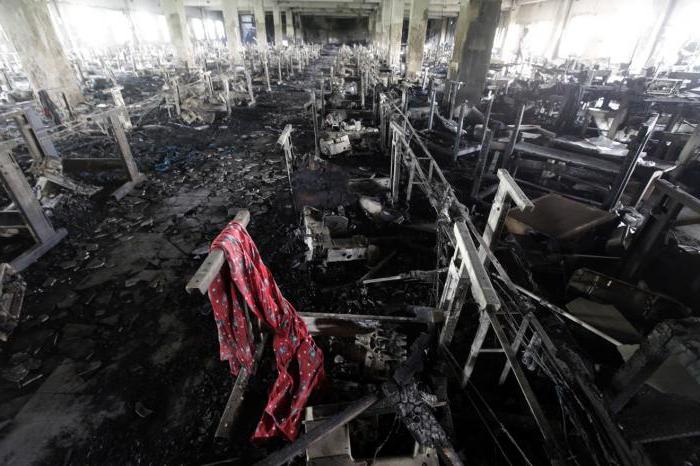
What relates to harmful working conditions? Workplaces where the negative impact of substances on the employee exceeds the permissible value. They are divided into chemical, physiological and biological. The following are recognized as harmful conditions:
- high temperature (for example, a hot shop) or low (work in the Far North);
- improper lighting that affects vision;
- high level of ultrasound or any other noise;
- a large amount of dust;
- work with microorganisms;
- workload in excess of the norm;
- work with harmful chemicals;
- prolonged action of vibration;
- excessive load on vital human organs.
These examples do not reflect the full list of difficult situations. You need to understand that the negative impact must exceed the level determined by law in order to receive additional compensation for harmful working conditions.
How to determine?
In order for the situation to become harmful, confirmation of the certification committee is necessary. An analysis of jobs reveals the possibility of negative effects on the body. Then it turns out how dangerous it is, and the indicators are compared with established standards. After that, the commission determines a specific workplace for one of the hazard classes.

Each employer has the right to independently determine the timing and time of certification. The main thing is that it should be held at least once every five years or at the opening of a new workplace. In addition, you can determine the level of danger using the list of special professions. But in this case, certification is still necessary. It can be concluded that the harmfulness of the workplace can only be determined with a certification commission.
Types of cash payments and benefits
The premium for harm in most cases involves an increase in wages. A person has a certain rate, a percentage is calculated from it and added to the main salary. In addition, the employer, on its own initiative, may award additional compensation for harmful working conditions. This is regulated by the internal documents of a particular company.
An employee working in such an environment is entitled to the following benefits:
- Extra vacation. Usually it consists of seven days, which are paid personally by the employer. To get such a rest, you need a certain length of service.
- Free provision of services and products.Most often milk is dispensed because, due to its properties, it is able to restore the body after adverse effects.
- Retirement ahead of schedule. A person working in such conditions may retire several years earlier and receive payments.
Should pay attention
The employer must be careful, because not all employees can be sent to work in a harmful environment, even if they increase their wages.
Before admission to the organization, you should inquire about the state of health. Often, in order to find a job, applicants cheat that they have everything in order. Therefore, it is necessary to send all beginners to undergo a medical examination. Surcharge for harm is made only to those employees who do not have health problems and legally work in such conditions.
It must be remembered that some citizens can only be accepted by written consent. This category includes pregnant women, minors, people with small children, etc.
How much do they pay extra?
As already noted, the main premium for harm is the increase in wages. In Russia, a certain value has been established - 4%. According to the law, this is the minimum surcharge for people who work in such conditions. The employer has the right to raise this rate.
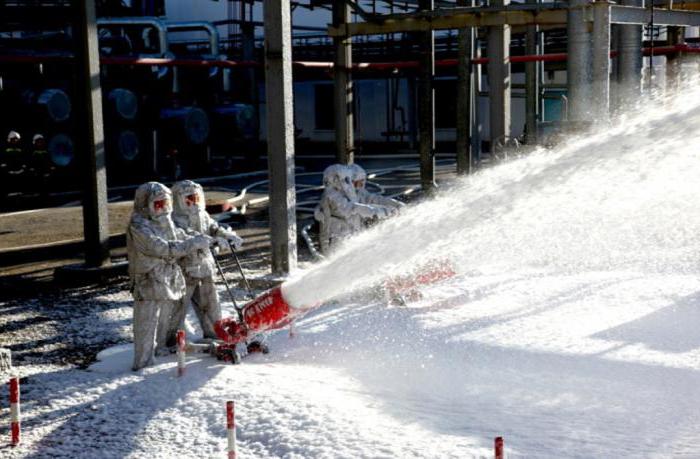
He is obliged to determine the specific amount of payment for harm. Sometimes a union body (if any) takes part in this process. This step is designed to make a fair decision that takes into account the interests of workers. Then the established size is fixed in the internal regulatory documents.
In practice, the highest percentage is determined by government agencies. This is due to the fact that in almost all such organizations there is a union. Private employers do not bother with such issues and set a minimum rate.
Calculation of the premium for harmfulness
Surcharge for adverse working conditions is carried out in the prescribed manner for a particular position. This means that for the calculation you need to know the salary of an employee. The total amount of the premium depends on the tariff rate and salary.
Consider the calculation of surcharges on a specific example. A certain employee works as a cook in a canteen of a chemical plant. According to the results of the certification, it was determined that this position belongs to the category of harmful working conditions. A factor having a negative impact was recognized as high temperature (work in a hot shop). Ivanov’s salary is 30,000 rubles.
Based on the fact that the minimum surcharge for harmfulness is 4%, we will calculate: 30,000 x 4% = 1,200. By decision of the employer, the rate increased to 8% of salary, that is 2,400 rubles.
The total salary for the cook Ivanov will be 32,400 rubles. It is worth noting that taxes are deducted in the usual manner from the main earnings (30,000 rubles).
Medical examination
Employees working in hazardous working conditions are required to undergo preliminary and periodic medical examinations. This is necessary in order to identify the suitability of a person to work in such conditions, as well as to avoid the occurrence of occupational diseases. The legislation establishes a number of contraindications to work with adverse substances.

In addition to annual medical examinations, some workers must undergo psychiatric examinations. It also defines a list of contraindications for activities related to harmful substances. A psychiatric examination is voluntary, but the employer does not have the right to admit an employee to certain types of work without an expert opinion. It is worth noting that all costs associated with a medical and psychiatric examination are borne by the organization.
Individual protection
Workers operating in adverse conditions, in addition to allowances for harm, must be provided with personal protective equipment. Moreover, they are issued at the expense of the employer, and are also stored, erased and repaired.
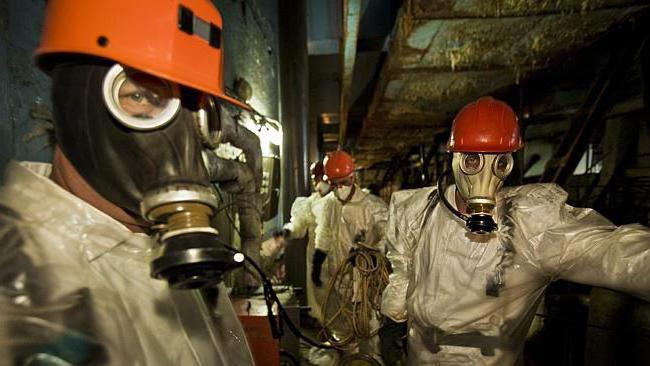
There is a certain limit on the free receipt of such funds. The employer can optionally increase the amount of protection, but not reduce it. Sometimes an employee purchases these funds himself, however, all costs must be reimbursed. They are not subject to any taxes, and are included in material expenses.
Nutrition
In addition to all of the above, employees should be given free food. This is usually milk or other equivalent products. An employee of the organization has the right to refuse additional nutrition. In this case, he is entitled to monetary compensation in an amount equivalent to the cost of milk, if indicated in a collective or individual agreement.
There is a list of harmful factors of production, under the influence of which the consumption of milk or other equivalent products is recommended. It should be noted that the issue of compensation instead of milk will save on the equipment of the premises where it will be used. After all, according to sanitary standards, this place should be required.
Work in particularly harmful conditions involves therapeutic and preventive nutrition. The list of professions and positions that give the right to receive free food is indicated in the order of the Ministry of Health and Social Development No. 46n.
Extra vacation
People working in adverse working conditions are given extra days of rest. They usually provide seven days paid by the employer. Additional leave for harmfulness in the Far North is 24 calendar days. At the same time, a seven-day rest also remains with them. It turns out that the employee is given an additional 31 days of rest.
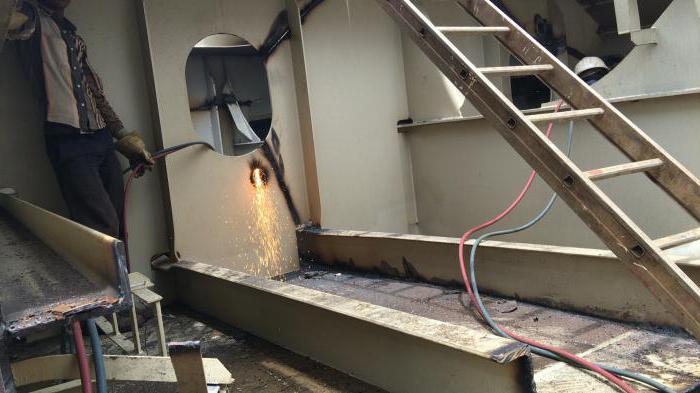
It is worth noting that all holidays have different reasons:
- the main vacation granted to all citizens of Russia - 28 days;
- additional "northern" vacation - 24 days;
- rest for work in harmful working conditions - 7 days.
As a result of simple mathematical calculations, we can conclude that the employee is granted a total vacation of 59 calendar days. All these days and the premium for harmfulness are reflected in the staff list. A person plans his vacation in advance, to which he has a legal right.
Conclusion
Thus, people working in adverse conditions receive certain benefits. A few important points from the article:
- For work in a harmful environment, a lot of compensations are put, both monetary and intangible.
- The minimum allowance is 4% of the salary that is established for the employee in a particular position. However, the final rate is determined by the employer and fixes the position in internal documents.
- To recognize the place of work as harmful, the conclusion of the certification committee is necessary. The term of the inspection is set by the employer, however, it should be carried out at least once every five years, or when opening a new workplace.
These are the main points that every employee working in harmful conditions should know in order to avoid cheating on the part of the employer. In the event of an attempt to violate his rights, the employee has the full right to appeal to the court. Moreover, the law will be on his side, so there is nothing to fear.
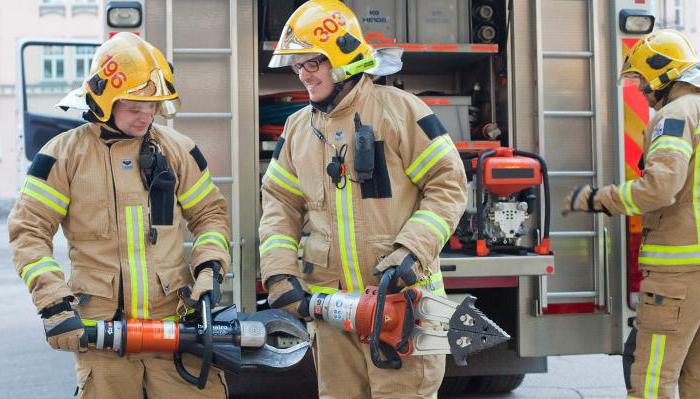
In practice, most employers conscientiously fulfill their duties and provide all necessary compensation. Indeed, despite the increased wages, not everyone wants to work in such conditions. Employers try to keep employees, and therefore fulfill all obligations to them.